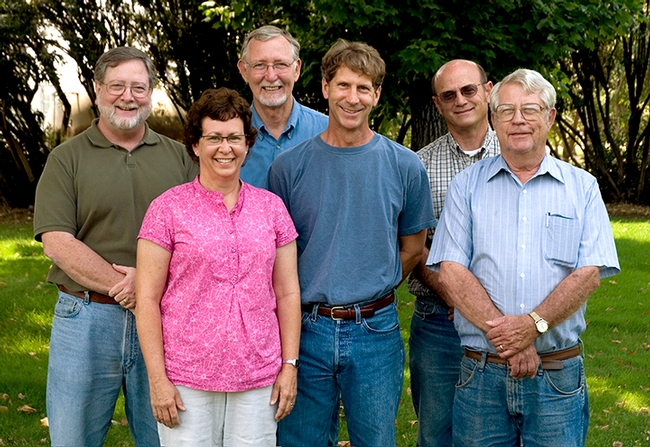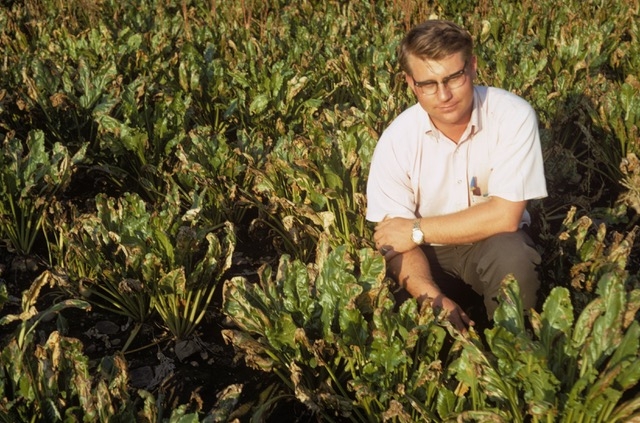- Author: Kathy Keatley Garvey
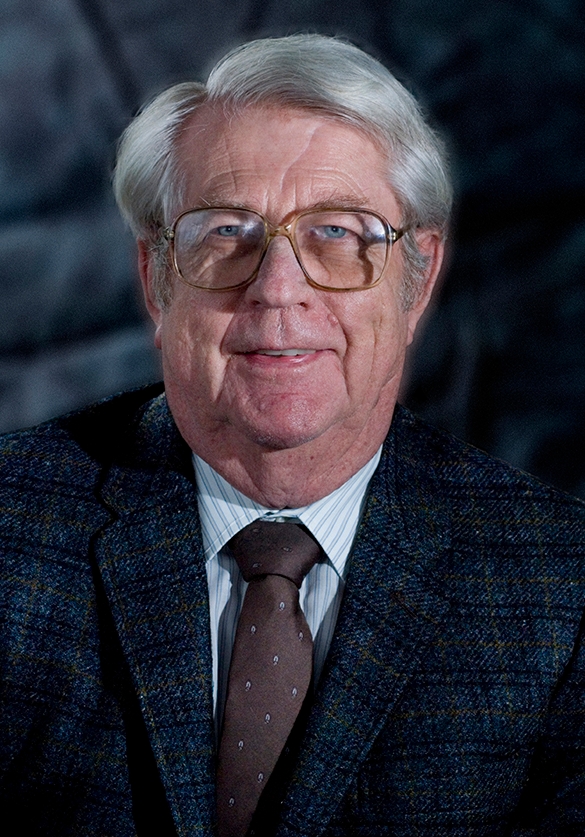
Dr. Summers, a member of the UC Davis Department of Entomology and Nematology faculty since 1992, served 42 years as a research entomologist at the Kearney Agricultural Research and Extension Center (KARE), Parlier, Fresno County, part of the UC Division of Agriculture and Natural Resources (UC ANR). He joined the world-class research facility in 1970, the year he received his doctorate in entomology from Cornell University. He was stationed at KARE throughout his career, and served for a time as its director.
Dr. Summers was affiliated with the UC Berkeley faculty from 1970 to 1992, before joining the UC Davis faculty. Specializing in pest problems of field and vegetable crops, he developed economic thresholds and management strategies for more than a dozen pests, including the silverleaf whitefly. During his career, he authored more than 200 publications, including articles, book chapters and research papers, and delivered more than 800 presentations.
“Charlie was a true IPM entomologist and was one of the group of young faculty who contributed mightily to the UC Statewide Integrated Pest Management Program (UC IPM) when it was first getting off the ground and at its most vulnerable stage,” said Frank Zalom, UC Davis distinguished professor of entomology who directed UC IPM for 16 years.
Developed Economic Thresholds for Important Pests
“He was quiet but contributed greatly in many ways,” Zalom said. “Charlie did indeed develop economic thresholds for several important pests. Economic thresholds are recognized as one of the foundations for IPM decision-making, but doing the field work to develop research-based thresholds is incredibly difficult and few researchers actually do this type of research anymore. It has become a lost art and, unfortunately, this type of work has also become under-appreciated except by IPM practitioners who are truly trying to reduce input costs for pest control.”
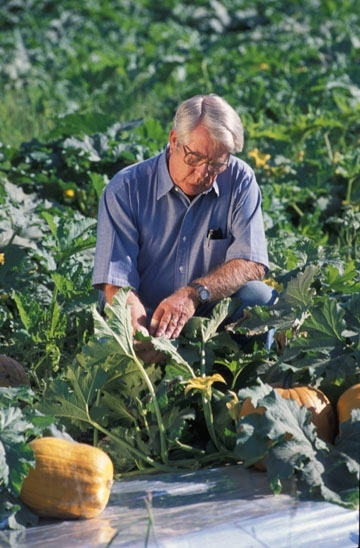
A Passion for IPM
“I remember first meeting Charlie Summers in Robert van den Bosch's lab when I was a graduate student,” recalled Mary Lou Flint, Extension entomologist emerita, Department of Entomology and Nematology and formerly UC IPM's associate director for urban and community IPM.
“He was already at Kearney, but I was working on a parasitoid of the spotted alfalfa aphid, so we had alfalfa aphids and parasites in common. And a passion for IPM. Charlie was really one of the original unsung promoters of IPM in California.”
“Charlie was a true dirt-kicking field entomologist of a stripe all too uncommon today,” said Flint who retired in 2014. “He was passionate about ecology-based integrated pest management and dedicated his career to forwarding the science of IPM.
“Charlie's research spanned many field and vegetable crops and he could always be called on to provide expertise about pest or beneficial arthropods on any of these crops, but I worked most closely with him on alfalfa,” she said.
“In the 1980s, in the early days of the UC Statewide Integrated Pest Management program, Charlie was a leader in developing, researching and promoting IPM programs for alfalfa," Flint related. "He played a critical role in coordinating and carrying out interdisciplinary research, training farm advisers, and promoting IPM programs to PCAs (pest control advisors) and farmers. He was one of the key players in the development of Integrated Pest Management for Alfalfa Hay released in 1982, which was the first of the UC Statewide IPM Program's IPM manual series of books that eventually covered 16 California crops. He was a fountain of information, and the book could not have been written without him."
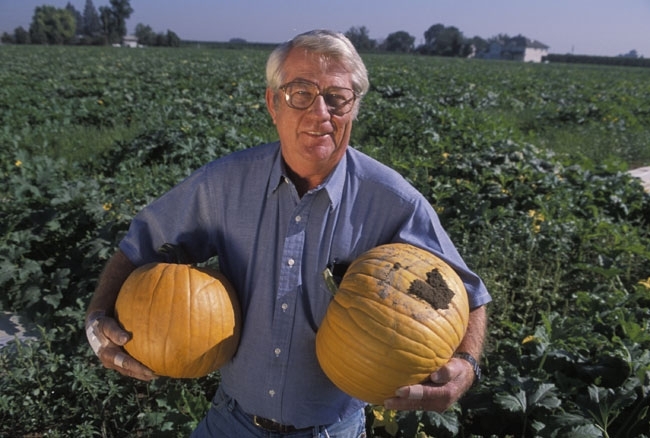
Walter Bentley, now IPM entomologist emeritus, remembers meeting him at his job interview “at the old office on M street in Bakersfield on August 16, 1977. Like Pete Goodell, we ended up working together at Kearney. I would never have guessed that. Little did I know how he liked to play jokes." He remembers when Summers hung up a Big Mouth Billy Bass Singing Sensation plaque at Bentley's office entrance. "I will have to go out and play the tune, Take Me to the River, Drop Me in the Water."
“He helped me a lot and I am thankful for that,” said Bentley, who retired in 2012. Goodell retired in 2017.
Recipient of Charles W. Woodworth Award
In 2009, Summers received the prestigious Charles W. Woodworth Award from the Pacific Branch of the Entomological Society of America (PBESA), the highest honor awarded by the branch, which encompasses 11 U.S. states (Alaska, Arizona, California, Hawaii, Idaho, Montana, Nevada, Oregon, Utah, Washington and Wyoming); several U.S. territories, and parts of Canada and Mexico.
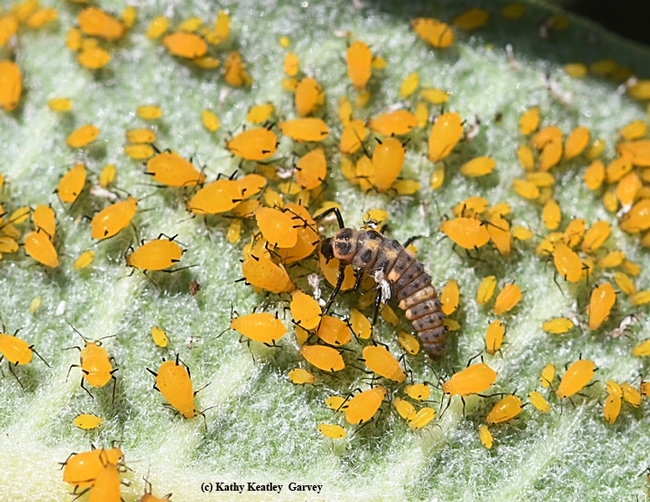
At the awards ceremony, Summers drew praise for developing economic thresholds, determining at what point the cost of pest damage exceeds the cost of pest control. He "pioneered economic thresholds for seven pests in four crops, and developed management strategies for a combination of 28 crops, insect and disease pests," his nominators wrote. He also was praised for his research on the interactions among insects, diseases and weeds on alfalfa hay and how they individually and as a whole, influence yield and quality. His work led to improved best management decisions and decreased pesticide use.
In addition, Summers drew praise for his research on reflective mulches, used to delay and reduce aphid and whitefly infestations on squash, pumpkins, cucumbers and tomatoes and other crops. He teamed with plant pathologist Jim Stapleton and vegetable crop specialist Jeff Mitchell, both based at Kearney.
In a UC Davis news story published March 25, 2009, Summers recalled: “In the mid-1990s, Dr. Stapleton and I embarked on a series of studies to determine if aphids, aphid-transmitted viruses, and silverleaf whitefly could be managed using plastic reflective mulches. Dr. Jeff Mitchell later joined our team. We evaluated a wide variety of crops as well as different types of mulches. We were able to manage all three of these pests without the need to rely on the use of insecticides.”
“Our studies have clearly demonstrated that the use of these mulches are effective in delaying the onset of silverleaf whitefly colonization and the incidence of aphid-borne virus diseases,” Summers said. “The data shows that marketable yields with summer squash, cucumber, and pumpkins grown over reflective mulch are higher than those in plants grown over bare soil, both with and without insecticide. We also determined that the use of reflective mulch, without insecticides, leads to significantly increased yields of fall planted cantaloupes.”
Another highlight of his career: his work on the biology of corn leafhopper and corn stunt spiroplasma. He proved that the corn leafhopper can overwinter in the San Joaquin Valley and that the pathogen, Spiroplasma kunkelii overwinters in it. “Before this research, it was assumed that tropical insects such as corn leafhopper could not overwinter in our temperate climate, but were reintroduced each year from Mexico,” Summers noted. "The findings led to better strategies for managing the pest and the pathogen."
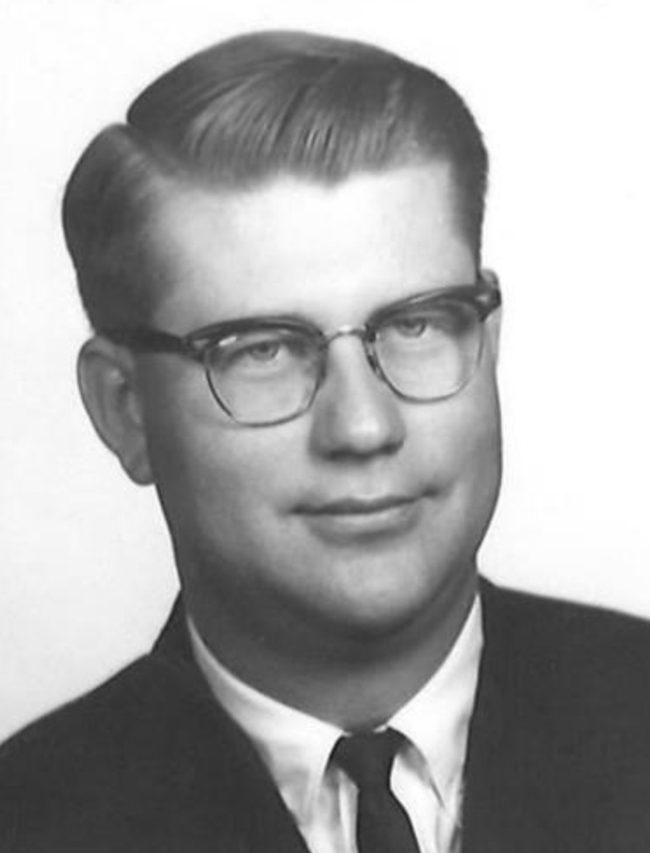
Born Dec. 24, 1941 in Ogden, Utah, and a graduate of Davis High School, Kaysville, Utah, Charlie grew up on the family farm and “always knew” he wanted an agricultural career. At age 12, he decided to go to college “when I was at the wrong end of a short-handled hoe,” he told communications specialist Jeannette Warnert in a June 12, 2012 news story announcing his retirement.
He continually described his work at Kearney as his “dream job.”
“The job at Kearney was an absolutely perfect fit for me,” Summers told Warnert. “It was a dream job. I look forward to coming to work every morning and would sometimes shake my fist at the sun going down at night. I've loved every minute I've been here.”
Summers said that the objective of his job--to help farmers develop successful pest management strategies --stayed the same, but technological advances dramatically changed the way he did his work.
“We've had the advent of computer technology, the use of mathematical models, work that can now be done at the DNA level,” he said. “It's put a whole new face on our ability to do research.”
Following his retirement and the death of his wife, Beverly, Summers moved back to Utah to be with family and to pursue his favorite pastime, fly fishing.
“I'll be living 15 minutes from the Wasatch Mountains,” he told Warnert. “There's a lot of good fishing there.”
Summers was an Eagle Boy Scout, a pilot, an avid fly fisherman and hunter, and a member of the Church of Jesus Christ of Latter-day Saints. A graveside service took place Aug. 21 in the Plain City Cemetery, Plain City, Utah.
Survivors include his sister, Marilyn (John) Diamond and three nephews, four great-nieces and five great-nephews.
More Information:
Legacy.com
Dr. Charles Geddes Summers, 1941-2021
UC ANR Profile Page
Charlie Summers
UC Davis Department of Entomology and Nematology
Pest Management Specialist Charles Summers Wins Prestigious Woodworth Award
UC ANR
UC Entomologist Charlie Summers Retires after 42-Year Career
